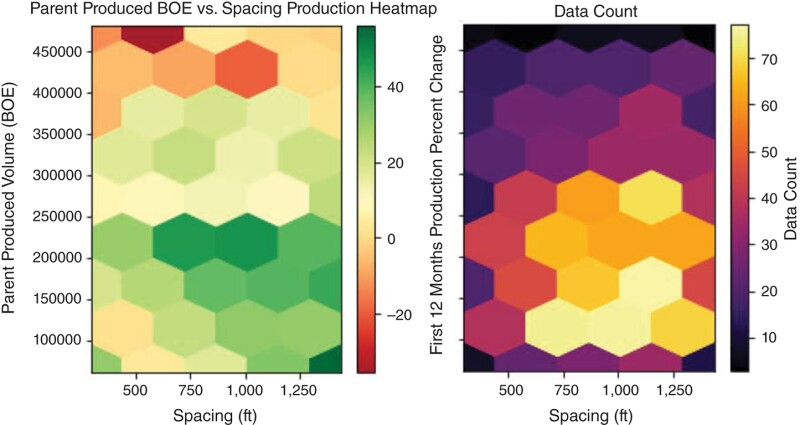In this study, parent/child well pairs for wells completed within the last 7 years in nine different unconventional basins are identified using a Python code applied to public data. These basins are the Bakken, Delaware, Eagle Ford, Haynesville, Marcellus/Utica, Midland, Niobrara, Powder River, and Scoop/Stack Basins. The study finds that, as stated in the technical literature, child-well performance increases with spacing and decreases with infill timing. In the complete paper, the authors show that parent cumulative production [barrel of oil equivalent (BOE)] at the child-well completion is a better indicator of child-well performance.
Challenges of Child Wells
Many different factors influence the completion and production of a child well.
×


Continue Reading with SPE Membership
SPE Members: Please sign in at the top of the page for access to this member-exclusive content. If you are not a member and you find JPT content valuable, we encourage you to become a part of the SPE member community to gain full access.

